The 1930s Moon Lamp is a fascinating relic of the Art Deco era, offering a blend of innovation and elegance that continues to captivate collectors and design enthusiasts today. Originating in the early 20th century, this lamp became an emblem of the bold, geometric style that defined the Art Deco movement, combining artistic flair with functional lighting. In this article, we explore the origins, design features, and enduring appeal of the 1930s Moon Lamp. Follow archeology.dulichvn.net to discover many hidden mysteries that have yet to be discovered.
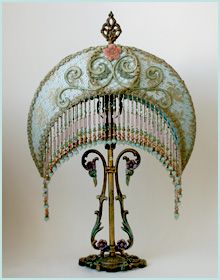
1. The Origin and History of the 1930s Moon Lamp
1.1 The Birth of Art Deco in the 1930s
The Moon Lamp emerged during the height of the Art Deco movement, a transformative design style that flourished in the 1920s and 1930s. Art Deco was characterized by its emphasis on clean lines, bold geometric shapes, and the use of luxurious materials like chrome, glass, and lacquer. This style represented a sharp departure from the ornate and intricate designs of the 19th century, favoring sleek, streamlined forms that embodied the modern spirit of the time.
The 1930s Moon Lamp is a perfect example of this aesthetic, with its futuristic design that not only mirrored the technological advancements of the era but also captured the optimistic outlook of a world entering a new modern age. Its striking shape and innovative use of materials epitomize the elegance and forward-thinking mentality that defined the Art Deco period.
1.2 Influences of Technology and Science
The 1930s was a decade marked by profound advancements in technology and scientific exploration, particularly in the fields of astronomy and space studies. The fascination with the cosmos during this time greatly influenced various aspects of design, and the Moon Lamp became a reflection of this newfound fascination with the heavens. Its globe-like form, with its textured surface reminiscent of the moon, symbolized humanity’s curiosity about the universe beyond.
As space exploration and celestial observations captivated public imagination, the Moon Lamp became more than just a lighting fixture—it was a representation of the era’s optimism about the future and humanity’s growing connection to the mysteries of outer space. This celestial theme was not only aesthetically pleasing but also tied into the technological marvels of the time, making the Moon Lamp a symbolic piece of decor in many Art Deco interiors.
1.3 The Role of the Moon Lamp in Interior Design
In addition to its functional role as a source of light, the Moon Lamp became an essential decorative element in Art Deco interiors. It was not simply a fixture—it was a statement piece that reflected the sophistication and modernity of the time. The lamp’s striking appearance, with its smooth curves and glowing, moon-like surface, added an ethereal glow to any room, making it a popular choice for modernist homes, luxury hotels, and stylish public spaces.
As lighting fixtures began to evolve into bold, sculptural objects, the Moon Lamp played a key role in transforming the design of interiors. It was no longer just about illuminating a space but about creating an atmosphere that reflected the elegance and innovation of the Art Deco style. Its unique design helped set the tone for an entire era of interior design, where lighting became a central element in shaping the mood and aesthetic of a room.
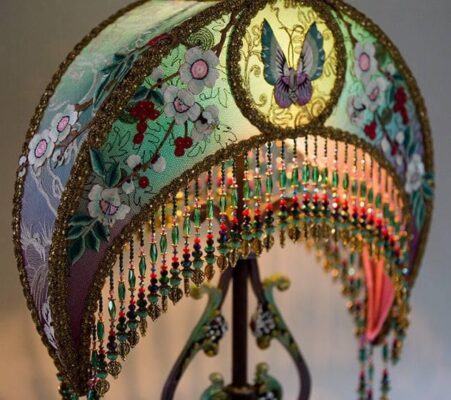
2. Design Features of the 1930s Moon Lamp
2.1 Celestial Motifs and Materials
A hallmark of the 1930s Moon Lamp is its spherical design, which evokes the shape of the moon itself. Often made from frosted glass or porcelain, these materials were carefully selected to mimic the moon’s surface, contributing to the lamp’s celestial motif. The texture of the lamp’s surface was frequently adorned with patterns or indentations that resembled the moon’s craters, enhancing its ethereal, lunar appearance.
When illuminated, the soft, diffused light emitted by the lamp created a subtle, atmospheric glow, adding an enchanting ambiance to any space. This fusion of material choice and design not only amplified the moonlit effect but also reflected the era’s fascination with celestial bodies and space exploration.
2.2 The Use of Art Deco Elements
The Moon Lamp perfectly exemplifies the elegance of the Art Deco style through its incorporation of iconic design elements. Clean lines, symmetrical patterns, and geometric shapes were central to its structure, creating a balanced, harmonious aesthetic. The moon motif was seamlessly integrated with these Art Deco features, resulting in a sophisticated design that celebrated both nature and modernity. Some versions of the Moon Lamp incorporated luxurious metal accents in chrome or brass, further emphasizing the opulent nature of Art Deco. These decorative elements not only enhanced the lamp’s visual appeal but also underscored the era’s focus on combining beauty with high-end craftsmanship, ensuring that the Moon Lamp stood as both a functional light source and a striking piece of art.
2.3 Functional and Aesthetic Appeal
In addition to its visual allure, the Moon Lamp was designed with functionality in mind, embodying the Art Deco principle of marrying form with utility. Many of these lamps featured adjustable stands or rotating mechanisms, allowing the light to be directed precisely where it was needed. This practical feature ensured that the lamp wasn’t just a decorative object, but a versatile and functional part of the interior design. By offering both aesthetic beauty and practical utility, the Moon Lamp captured the essence of Art Deco design, which sought to make everyday objects both elegant and useful. Its ability to combine artistic expression with practicality made it a timeless piece that continues to captivate collectors and design enthusiasts alike.
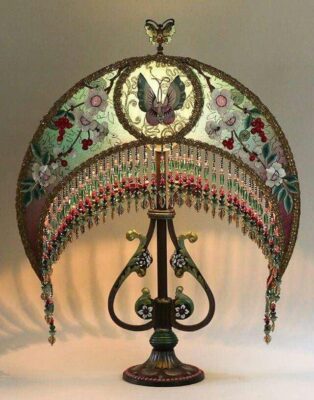
See more: The Return of the Stone of Destiny: A Historic Moment for Scotland
3. The Enduring Popularity of the 1930s Moon Lamp
3.1 Collectible Status
The 1930s Moon Lamp has firmly established itself as a highly coveted collectible, prized by enthusiasts of both vintage lighting and Art Deco design. Today, these lamps are often found at prestigious auction houses or with specialized antique dealers, where they can command impressive prices due to their rarity and cultural significance. Their value is heightened by their connection to the Art Deco movement, which continues to captivate collectors with its distinctive blend of luxury, geometry, and innovation. As a result, owning a Moon Lamp has become a marker of refined taste and a testament to the enduring appeal of early 20th-century design.
3.2 Revival in Contemporary Design
Although it originated nearly a century ago, the 1930s Moon Lamp has experienced a notable revival in contemporary design. Modern designers frequently draw inspiration from its iconic spherical shape and celestial theme, adapting these elements to create lighting that resonates with today’s aesthetics. The lamp’s unique design has found its way into current collections, often reimagined with updated materials and innovative features while maintaining the original charm that made it an Art Deco masterpiece. The Moon Lamp’s enduring influence ensures it remains relevant and admired in today’s interior design, bridging the past and present with its timeless beauty.
3.3 Symbol of Modernity and Elegance
The 1930s Moon Lamp endures as a symbol of modernity, sophistication, and bold innovation. Its close ties to the Art Deco movement—an era defined by its embrace of luxury, technological progress, and geometric precision—have cemented its status as a coveted design piece. This lamp continues to attract those who appreciate historical craftsmanship and timeless elegance, whether in vintage collections or modern interiors. In both old and contemporary settings, the Moon Lamp’s distinctive aesthetic and refined allure ensure it remains an iconic and enduring feature of decorative lighting.
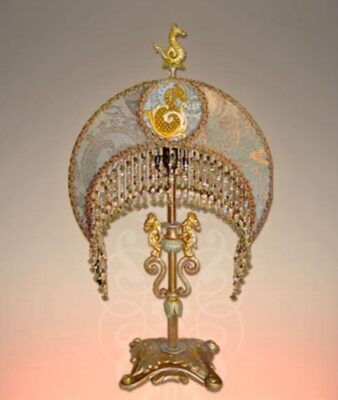
Conclusion
The 1930s Moon Lamp stands as a testament to the creative spirit of the Art Deco era, embodying the boldness, sophistication, and innovation of its time. With its unique celestial design and enduring appeal, it remains a celebrated symbol of 20th-century artistry and style. Whether as a historical artifact or a modern design inspiration, the 1930s Moon Lamp continues to shine brightly in the hearts of collectors and design enthusiasts around the world.

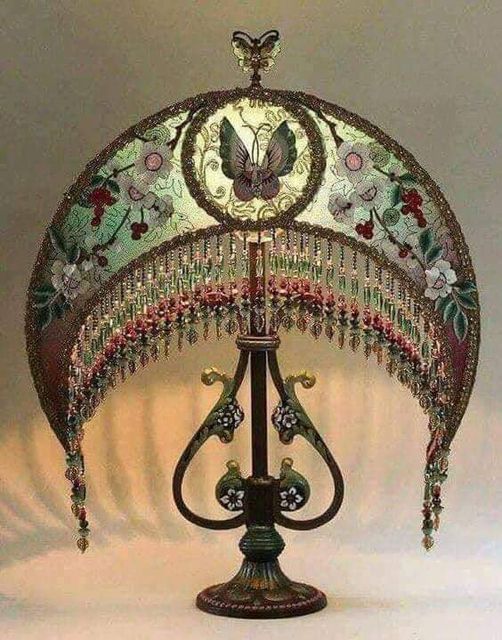
CÁC TIN KHÁC
Mary Walton: The Forgotten Inventor Who Helped Clean Up America’s Cities
Tomb of Queen Nefertari in the Valley of the Queens, Egypt
Discover the Hypostyle Hall of the Temple of Hathor at Dendera
Venus de Losange: Unveiling the Mystery of a 20,000-Year-Old Paleolithic Icon